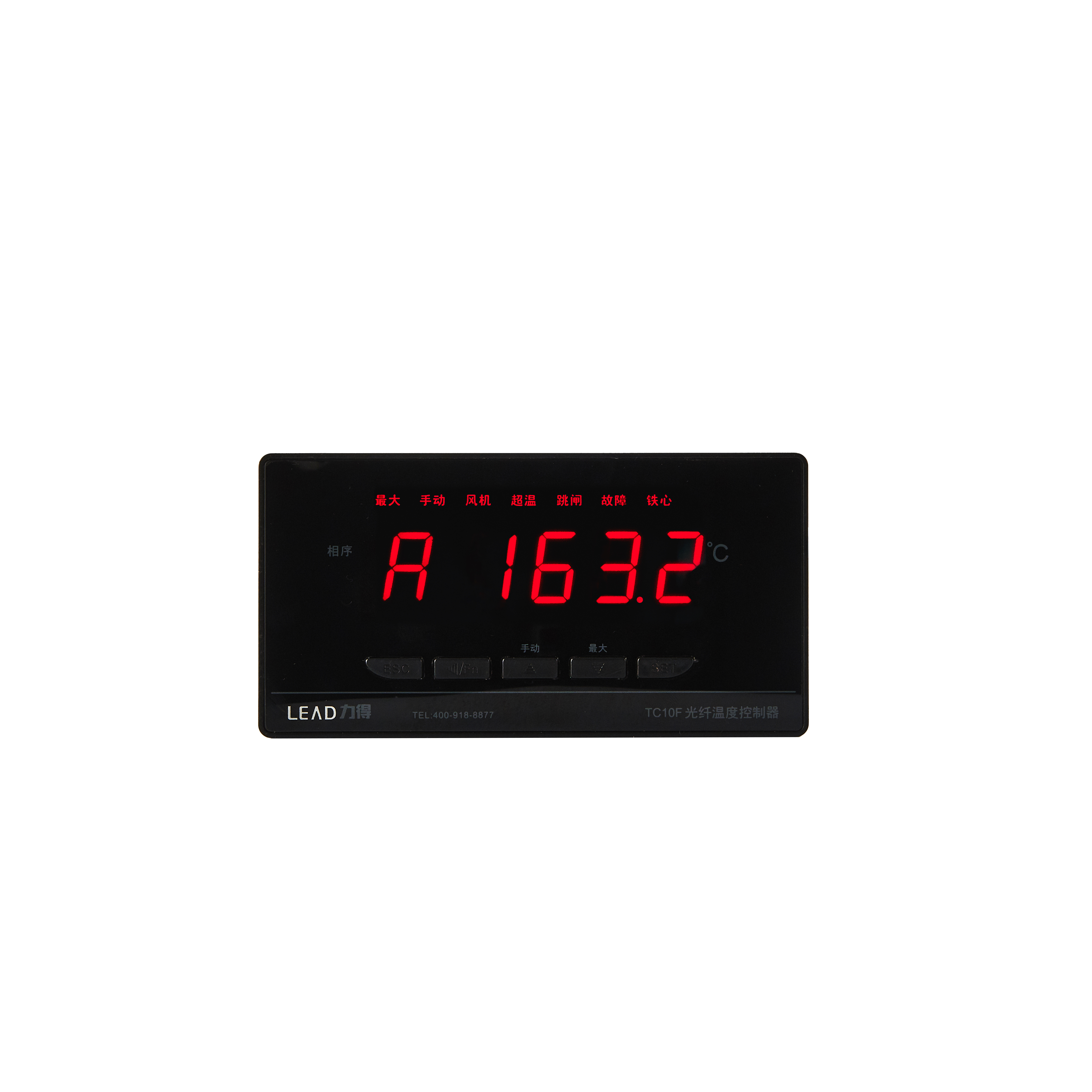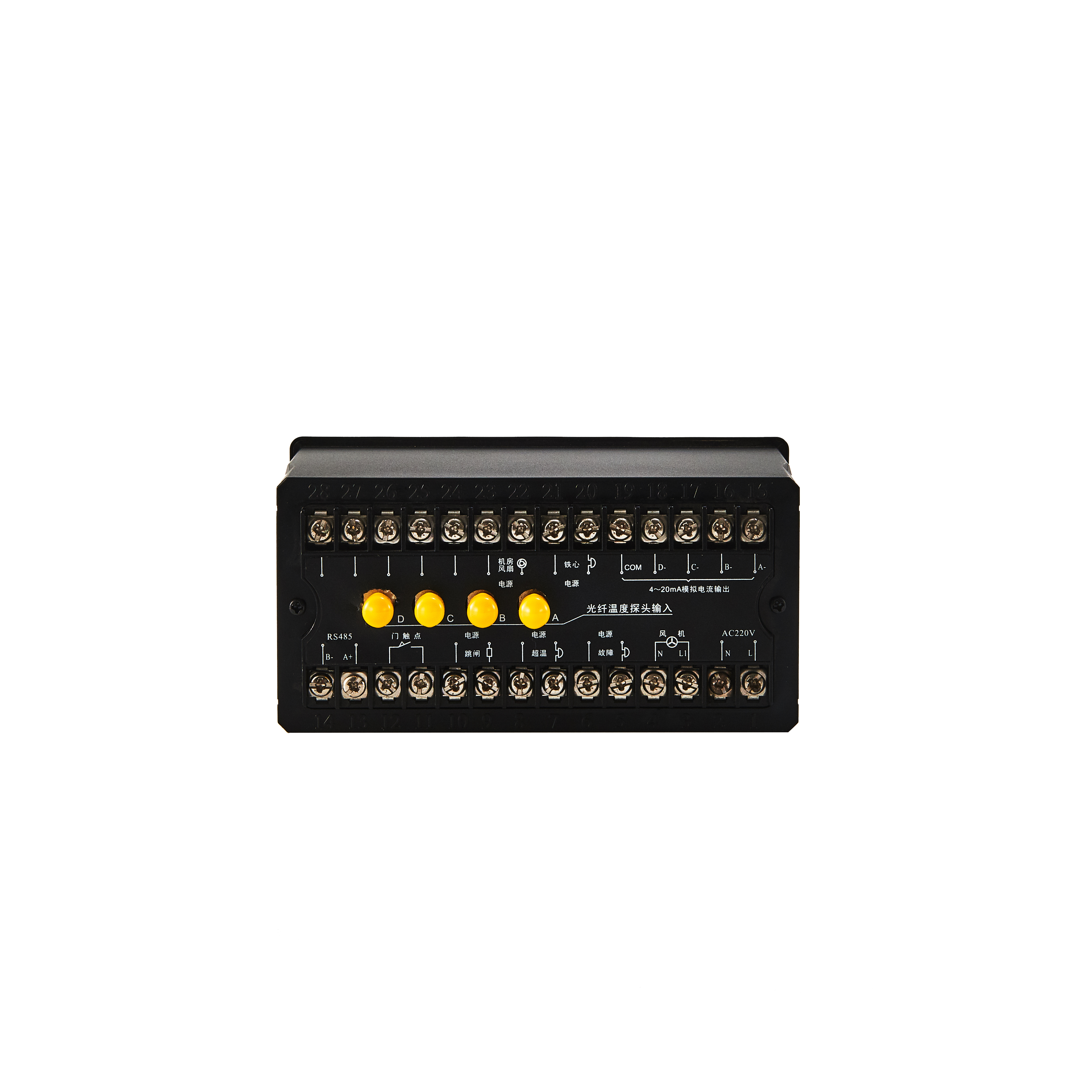Introduction to Wireless Temperature Measurement
Industries going through digital changes have seen a huge rise in need for monitoring systems that provide accurate data right when it's needed. Wireless temperature measurement using those fancy new sensors has become pretty much essential these days across many different sectors. Let's take a look at what makes these wireless temperature sensors tick, why they matter so much compared to traditional methods, where exactly people are putting them to work, and what folks should keep in mind before installing one of these systems on site. The practical benefits often outweigh the initial setup costs once companies start seeing better efficiency and fewer maintenance headaches down the road.
Why Go Wireless?
Wired temperature measurement systems work pretty well most of the time, though they come with some serious downsides. Installation can get complicated fast, scaling up is tough, and maintenance tends to eat into budgets over time. Wireless options tell a different story altogether. They let companies set things up wherever needed without tearing apart existing infrastructure, plus they give access to live readings from places that are otherwise difficult to monitor. That's why so many businesses in sectors like cold chain logistics for food, drug manufacturing plants, farms tracking crop conditions, and factories running automated processes have started switching to wireless solutions recently.
Core Components of a Wireless Temperature Sensor System
The Sensor Unit
At the heart of a wireless system is the temperature sensor itself. Depending on the required precision, sensors may use thermocouples, thermistors, or RTDs to detect temperature changes. These analog signals are then converted into digital data using a microcontroller.
Wireless Transmitter
Once the temperature data is digitized, itâs transmitted via a wireless module embedded within the sensor unit. Common transmission technologies include Wi-Fi, Bluetooth, Zigbee, LoRa, and cellular networks. Each has unique benefits in terms of range, data rate, and energy efficiency.
Receiver or Gateway
The wireless signal is captured by a receiver or gateway, which aggregates data from multiple sensors and forwards it to a central server, cloud storage, or on-site monitoring platform. This data can then be processed, visualized, or used to trigger alerts or automation.
Power Source
Most wireless sensors rely on batteries or energy-harvesting technologies. Low-power components and efficient data transmission protocols help prolong battery life, often exceeding several years of operation.
How Wireless Temperature Sensors Transmit Data
Signal Conversion and Encoding
The temperature sensor detects a thermal change and sends it to an embedded processor. This processor encodes the signal into a format suitable for wireless transmission. The encoding process ensures data integrity and compresses it for efficient transfer.
Wireless Protocol Selection
Depending on the application, various wireless protocols can be used:
Wi-Fi: High data rates and existing infrastructure but consumes more power.
Bluetooth Low Energy (BLE): Ideal for short-range communication and battery-powered devices.
Zigbee: Excellent for mesh networks and industrial automation.
LoRa: Offers long-range communication with minimal power consumption, suitable for large-scale outdoor monitoring.
Cellular (4G/5G): Best for mobile or widely distributed sensor applications.
Receiving and Processing Data
Once received by the gateway, the data is processed and sent to cloud-based dashboards or local servers. Users can monitor temperature trends in real-time, set alert thresholds, and maintain historical records for compliance or analysis.

Applications of Wireless Temperature Sensors
Cold Chain Logistics
Maintaining proper temperatures during storage and transportation of perishables is essential. Wireless temperature sensors allow for uninterrupted tracking, alerting logistics managers to deviations instantly, thereby reducing spoilage risk.
Industrial Facilities
Factories use wireless systems to monitor equipment temperatures in real time. This improves preventive maintenance strategies, reduces unplanned downtime, and increases overall equipment effectiveness.
Smart Agriculture
Farmers deploy wireless temperature sensors to monitor soil and greenhouse environments. These data-driven insights help optimize irrigation, planting schedules, and crop health.
Healthcare and Pharmaceuticals
Hospitals and labs monitor refrigeration units, incubators, and storage rooms. Wireless sensors ensure pharmaceuticals and specimens remain within specified temperature ranges to maintain their efficacy.
Benefits of Wireless Temperature Monitoring
Easy Installation
Wireless sensors eliminate the need for extensive cabling, allowing quicker installation in existing structures. This is especially valuable in heritage buildings, mobile units, or temporary setups.
Scalability
New sensors can be added to the network with minimal effort. Whether expanding from 5 to 50 sensors or deploying across multiple sites, wireless systems grow effortlessly with operational needs.
Real-Time Alerts
Many wireless monitoring systems feature customizable alert settings. SMS, email, or app-based notifications can be triggered when temperatures exceed preset thresholds, allowing for rapid response.
Remote Accessibility
With cloud connectivity, temperature data can be accessed from any location. Facility managers can make informed decisions without being physically present.
Challenges and Considerations
Signal Interference
Wireless signals can be affected by environmental obstacles, electronic noise, or structural barriers. Choosing the right protocol and antenna placement is crucial for signal reliability.
Battery Life Management
Though most systems are optimized for low energy consumption, battery replacement or recharging must be planned, especially in critical applications.
Data Security
Temperature data might not be highly sensitive, but ensuring encrypted transmission and secure access controls is still essentialâparticularly in regulated industries like healthcare and food safety.
Calibration and Accuracy
Even the best wireless system is only effective if the sensors are accurate. Regular calibration and performance checks help maintain data integrity over time.
Choosing the Right Wireless Temperature Monitoring Solution
Assess Your Environment
Before selecting a system, evaluate environmental conditions such as temperature range, humidity, signal interference sources, and accessibility. These factors influence the choice of sensor type and wireless protocol.
Determine Accuracy Requirements
For critical applications, such as pharmaceutical storage or food preservation, choose high-accuracy sensors (e.g., RTDs) with traceable calibration certificates.
Evaluate Integration Capabilities
Ensure the wireless system can integrate with your existing IT infrastructure, such as SCADA systems, cloud platforms, or mobile apps.
Plan for Maintenance
Establish a maintenance schedule for battery replacements, sensor recalibration, and software updates to ensure long-term reliability.
Future Trends in Wireless Temperature Sensing
Edge Computing
More wireless sensors now include edge-processing capabilities, enabling real-time decision-making without relying solely on cloud infrastructure. This reduces latency and enhances automation.
Energy Harvesting
Solar, thermal, or vibration-based energy harvesting allows sensors to operate indefinitely without battery replacements, making them ideal for remote deployments.
AI-Powered Monitoring
Artificial intelligence helps identify abnormal patterns in temperature data, providing predictive alerts that anticipate failures or deviations before they happen.
FAQ
How far can a wireless temperature sensor transmit data?
It depends on the protocol. Bluetooth typically reaches up to 100 meters, Zigbee up to 200 meters, and LoRa can exceed 10 kilometers in open environments.
Are wireless temperature sensors accurate?
Yes, depending on the sensor type and calibration. High-end models can offer accuracy within ±0.1°C.
How long do wireless sensor batteries last?
Battery life varies from 1 to 10 years based on transmission frequency, sensor type, and power management features.
Can wireless sensors work in extreme environments?
Specialized industrial-grade wireless sensors can operate in harsh conditions, including high humidity, dust, or temperature extremes.
Table of Contents
- Introduction to Wireless Temperature Measurement
- Core Components of a Wireless Temperature Sensor System
- How Wireless Temperature Sensors Transmit Data
- Applications of Wireless Temperature Sensors
- Benefits of Wireless Temperature Monitoring
- Challenges and Considerations
- Choosing the Right Wireless Temperature Monitoring Solution
- Future Trends in Wireless Temperature Sensing
- FAQ

